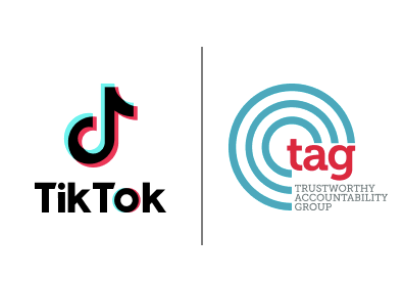SOCIAL
TikTok Gains TAG Brand Safety Certification Worldwide, Providing More Assurance for Advertisers

TikTok has been granted another advertiser safety tick, with the platform gaining TAG Brand Safety Certification worldwide, which provides additional assurance around its ad products and data, based on established TAG parameters.

As per TikTok:
“In September 2020, we received our initial TAG Brand Safety Certification for the UK in conjunction with the program launch. Additionally, we received certifications in North America, Europe, Australia and New Zealand in February of this year. The certification is an integral part of our ongoing dedication to building a safe, transparent and trustworthy platform for users and brands.”
As TikTok notes, the TAG certification program was launched in September last year, with a range of brand partners. TikTok has worked to meet the requirements in each region, with a view to boosting its ad business. Facebook, Twitter, Google and Pinterest have all also received TAG certification.
TikTok also announced an expansion of its brand safety agreement with OpenSlate back in March.
In order to gain TAG Brand Safety Certification approval, providers need to ensure that:
- All new and updated agreements for digital advertising services adhere to the program’s Brand Safety Principles, including specific brand safety criteria, policies, and procedures, as well as takedown, monitoring, and compliance requirements. Contracts must also require the use of independently validated Content Verification services or inclusion/exclusion lists.
- All monetizable transactions are reviewed by one or more independently validated Content Verification services or inclusion/exclusion lists as defined in its digital advertising agreements.
- All policies and procedures must be documented to minimize the risk of ad misplacement.
So it’s not an all-encompassing security checklist, as such, but it does provide additional, third-party verification that these platforms are aligning with industry-standard practices, and are delivering the reach that they claim, based on independent verification.
TikTok’s working to build out its ad platform in order to capitalize on its massive user growth, with the app now on track to reach a billion users in 2021, which would put in direct competition with Instagram on this element. But TikTok’s monetization processes still have a way to go to catch up to its larger competitors, and the risk is that if it can’t convert its growth momentum into more monetization opportunities, that could see creators look to other platforms where they can more directly benefit from their efforts.
That’s why TikTok is investing in eCommerce initiatives, as well as direct promotional options, while it’s also developing its Creator Marketplace to better facilitate brand/creator partnerships.
Gaining TAG certification also plays a key role here, because TikTok is still the new kid on the market, and an unknown in many respects, which could mean that some brands will be hesitant to invest too heavily in its ad products, at least at this stage.
Having a measure of third-party verification adds more assurance, and will open up more avenues for TikTok to continue its business growth.
